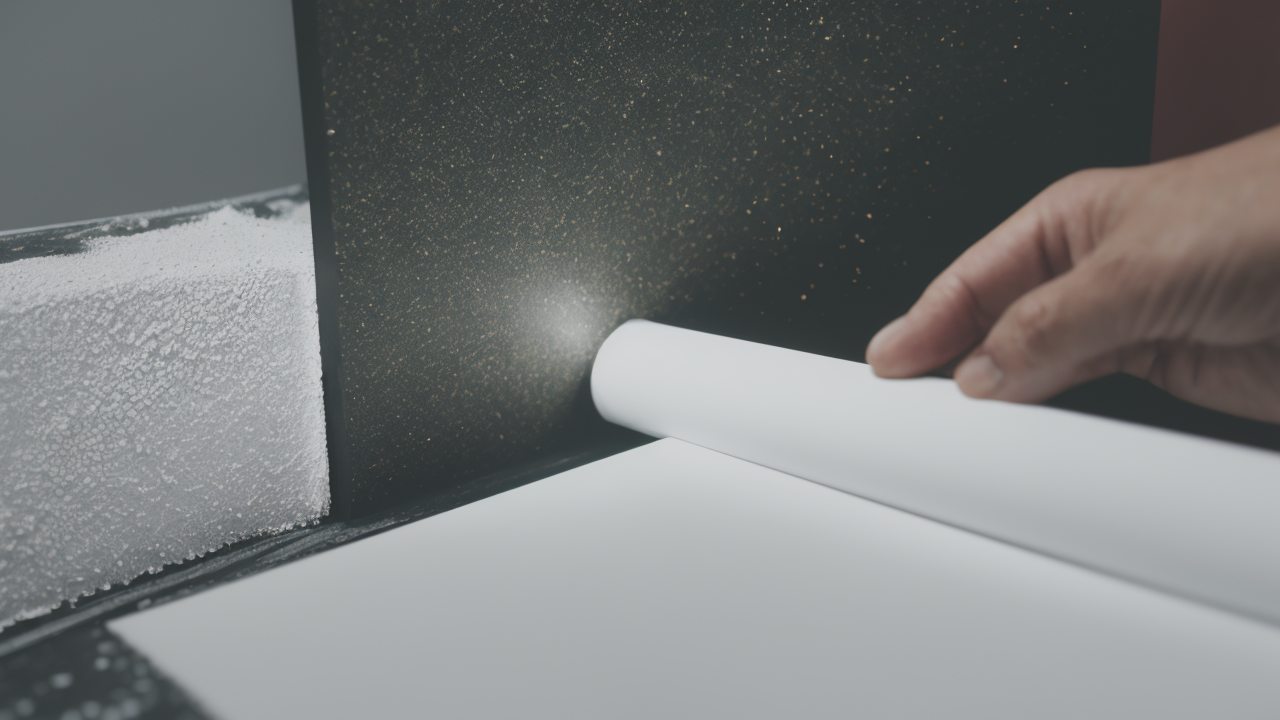
The Art of Nawabi-Inspired Plaster Textures: A Guide for US Homeowners
Understanding the Historical Significance of Nawabi Textures
The Nawabi Era: Art and Cultural Impact
The Nawabi era, a time of opulence and artistic flourishing in India, left a lasting mark on architecture and design. This period saw the creation of intricate plaster textures that adorned palaces and homes. These textures were not just decorative but also symbolic of wealth and refinement.

Nawabi art blended Persian, Mughal, and Indian styles, resulting in a unique aesthetic. The plaster work of this era was known for its delicate patterns and raised designs. It often featured floral motifs, geometric shapes, and calligraphy. These textures added depth and character to walls, ceilings, and facades.
The cultural impact of Nawabi textures extended beyond aesthetics. They represented a high level of craftsmanship and attention to detail. The art form became a symbol of luxury and sophistication, influencing design trends across India and beyond.
How Nawabi Textures Found Their Way to the US
The journey of Nawabi textures to the US is a tale of cultural exchange and artistic appreciation. In the early 20th century, American architects and designers began to explore global influences. They were drawn to the exotic appeal of Eastern design elements, including Nawabi textures.
Travel accounts and photographs of Indian architecture sparked interest among US designers. Some even visited India to study these techniques firsthand. As a result, elements of Nawabi design began to appear in American homes and buildings.
The Art Deco movement of the 1920s and 1930s embraced ornate textures, further popularizing Nawabi-inspired designs. Hollywood also played a role, featuring exotic sets that often included these textures. This exposure increased public fascination with the style.
Today, Nawabi-inspired textures continue to find a place in US interior design. They offer a unique blend of history and artistry that appeals to homeowners seeking distinctive and elegant finishes.
Implementing Nawabi Textures in Modern American Homes
Choosing the Right Plaster for Nawabi Textures
Selecting the appropriate plaster is crucial for creating authentic Nawabi textures. Traditional lime plaster is often the best choice for its durability and breathability. However, modern alternatives can also produce excellent results.

Here are some plaster options to consider:
- Lime Plaster: Closest to the original material used in Nawabi architecture
- Venetian Plaster: Offers a smooth, polished finish similar to marble
- Clay Plaster: Provides a natural, earthy look with good texture retention
- Gypsum Plaster: Easier to work with and sets quickly
When choosing plaster, consider factors like the desired finish, application method, and maintenance requirements. It's also important to ensure the plaster is suitable for your climate and indoor conditions.
Consult with a professional plasterer or artist familiar with Nawabi techniques. They can guide you in selecting the best plaster for your specific project and desired outcome.
Step-by-Step Guide to Achieving Authentic Nawabi Effects
Creating Nawabi-inspired plaster textures requires skill and patience. Here's a basic guide to help you get started:
- Prepare the surface: Clean and prime the wall to ensure proper adhesion.
- Apply a base coat: Use a trowel to spread an even layer of plaster.
- Create the design: Use stencils or freehand techniques to outline the pattern.
- Build up texture: Apply additional layers of plaster to create raised designs.
- Add details: Use fine tools to carve intricate patterns or add embellishments.
- Smooth and refine: Gently sand or polish the surface for a finished look.
- Apply sealant: Protect the texture with a clear, breathable sealer.
Remember, achieving authentic Nawabi effects takes practice. Consider starting with a small area or practicing on sample boards before tackling larger surfaces.
For complex designs, it's often best to hire a professional artist specializing in this technique. They can ensure the finished product truly captures the essence of Nawabi artistry.
Maintaining and Preserving Nawabi Textures
Tips for Long-Term Care of Plaster Textures
Proper maintenance is key to preserving the beauty of Nawabi-inspired plaster textures. Here are some tips to help you care for your textured walls:

- Dusting: Regularly dust with a soft, dry cloth or feather duster to prevent buildup.
- Gentle cleaning: Use a slightly damp cloth for spot cleaning. Avoid harsh chemicals.
- Avoid moisture: Keep textured areas dry to prevent damage or mold growth.
- Repair promptly: Address any cracks or chips as soon as they appear.
- Climate control: Maintain stable humidity levels to prevent plaster deterioration.
- Periodic sealing: Reapply sealant every few years to protect the surface.
- Professional inspection: Have an expert check the textures annually for any issues.
Be cautious when hanging items on textured walls to avoid damaging the delicate patterns. Use appropriate anchors and consult a professional if unsure.
Remember that different plaster types may require specific care. Always follow the manufacturer's or artist's recommendations for your particular finish.
The Role of Professional Artists in Enhancing Nawabi Textures
Professional artists play a crucial role in both creating and maintaining Nawabi-inspired textures. Their expertise ensures authenticity and longevity of these artistic elements in your home.
Artists specializing in Nawabi textures can:
- Create custom designs that suit your space and style preferences
- Apply complex patterns and intricate details with precision
- Mix colors and textures to achieve a truly unique finish
- Restore and repair existing textures, preserving their original beauty
- Provide expert advice on care and maintenance
When hiring an artist, look for someone with experience in Nawabi or similar historical textures. Ask to see their portfolio and discuss their process. A skilled artist can bring the rich history and elegance of Nawabi design into your modern American home.
Regular consultations with a professional can help maintain the quality of your textured walls. They can spot early signs of wear and suggest appropriate treatments to keep your Nawabi-inspired textures looking their best for years to come.


